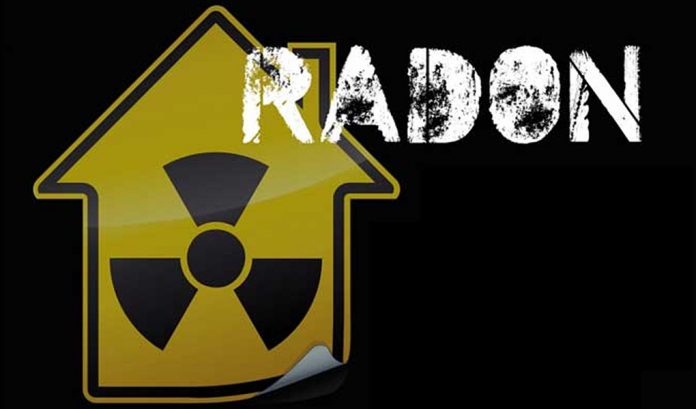
Have you ever heard of radon gas? It is touted as the latest “silent killer” in homes now – and you might not even know that it’s just there in your home!
A study on radon gas found that one in every 8 homes in Alberta, Canada has over the “acceptable levels” of radon gas in their home. In fact, radon gas is known to be the second leading cause of lung cancer next to cigarette smoking.
So testing your home for radon gas might be your best prevention for environmentally-prompted cancers, particularly for lung cancer said Aaron Goodarzi, a University of Calgary cancer researcher and radiation biologist.
To check on the availability and proliferation of radon gas in homes, a group of scientists engaged people to monitor and test their homes for the presence of this silent killer. The researchers investigated a total of 2,300 homes in the Southern Alberta area for a minimum of 90 days between 2013 to 2016.
The study’s participants observed and gathered information on their home metrics such as construction year, build type, foundation type, and the room and floor deployment of radon using an online survey. Houses that were repaired were tested to measure the efficiency of radon reduction methods in the area.
Test results indicated that the average radon gas level found indoors was 126 becquerels per cubic meter (Bq/m3). About 48% of the homes studied had levels of 100 Bq/m3 or higher, and about 12% were at or exceeded the maximum acceptable limit for Canada of 200 Bq/m3. The scientists also noted that newer homes or those that were built in 1992 and later had higher radon levels at an average rate of 142 Bq/m3 compared to the older homes of 108 Bq/m3.
All the results were published in the Canadian Medical Association Journal (CMAJ) Open.
The researchers concluded that radon testing and mitigation are needed as part of cancer prevention strategies especially when public health is concerned. Radon — a radioactive, odorless, tasteless and invisible gas — can be released from the normal decay of uranium, radium, and thorium in soil and rocks. It can also flow through the ground and into the air. It can congregate in areas without proper ventilation, raising the risk of lung cancer.
Radon gas can seep through cracks in the solid walls and floors, gaps in service pipes and suspended floors, construction joints, cavities inside walls – even the water supply!
The big problem and dangerous thing about radon is when it is inhaled. When inhaled, its radioactive particles get trapped in the lungs. These particles can be cancer-causing and lead to an increased risk of lung cancer. Radon causes about 15% of lung cancers in the world now, said the World Health Organization (WHO).
What do you think of this news about Radon gas in our homes and its potential to cause cancer? Share your views in the comments below.
Copyright 2025, DoctorFarrah.com








